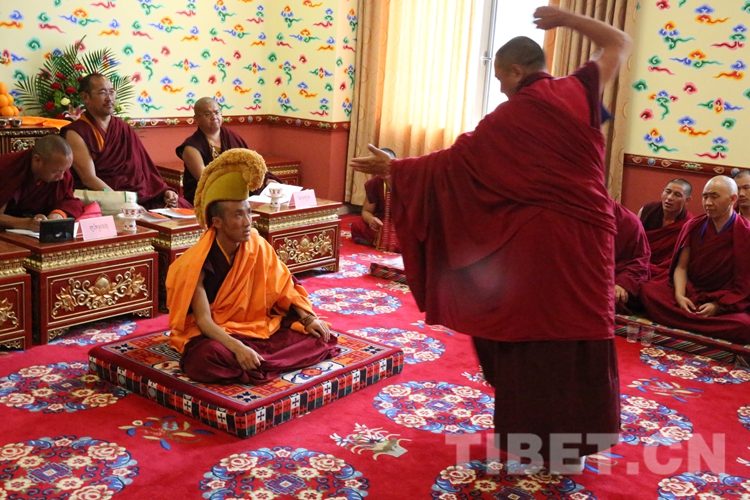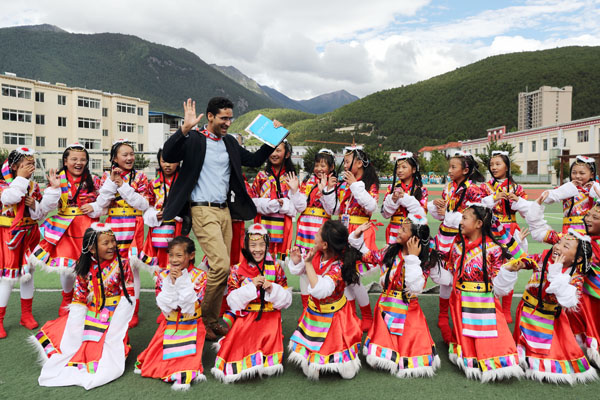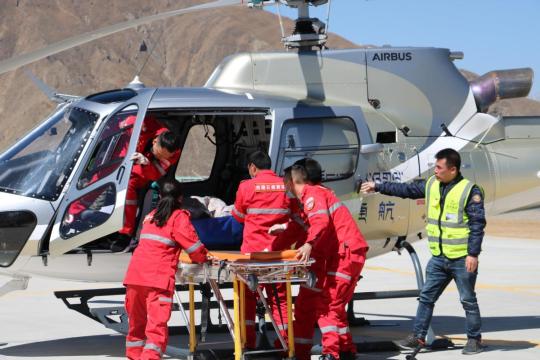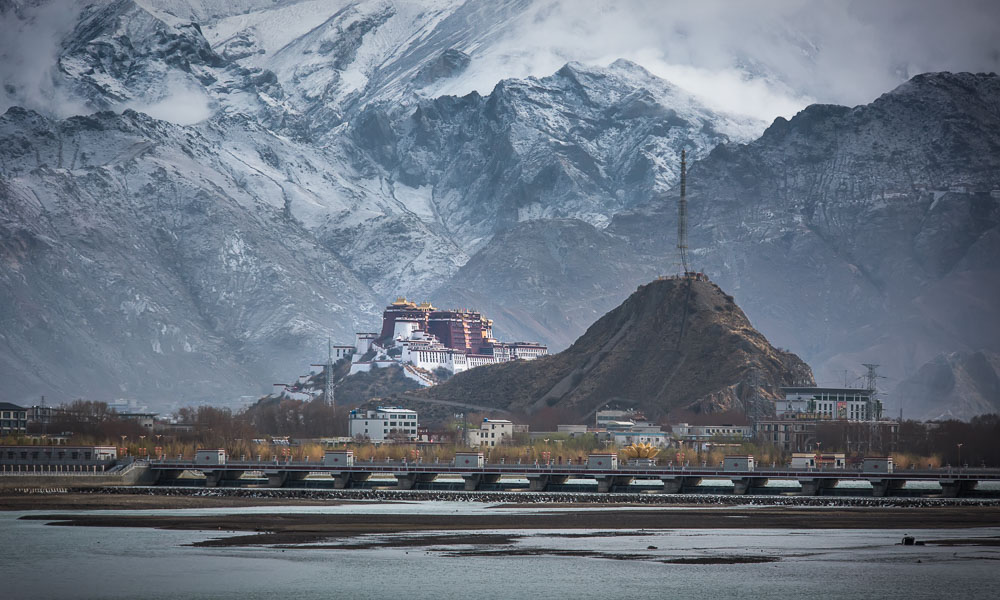'Sky Road' brings high rewards to Tibet
Gyara Gyatso has spruced up the rooftop patio at his hotel just in time for the hot months ahead, incorporating floral lumbar pillows, blue-patterned dinnerware and a separate beverage cart. In one corner, cozy pieces of furniture face the gilded, bronze-tiled roof of the nearby Jokhang Temple.
When the lights are turned on at night, Gyara Gyatso invites the hotel's guests to come to the patio, lie on sofas and appreciate the temple's glowing, golden roof under an array of stars while sipping cups of homemade highland barley wine or yak's milk yogurt.
Summer breezes caress Lhasa, capital of the Tibet autonomous region, bringing the city's best views of the year along with tens of thousands of tourists seeking Tibet's romance, all carried by the Qinghai-Tibet Railway, aka the "Sky Road".
Gyara Gyatso, who owns two hotels, is preparing for his busiest time of the year.
"In May and the following five months, Lhasa Railway Station will see thousands of people every day, most of them from other parts of China," said the 37-year-old native of Shigatse, a city 285 kilometers from the regional capital.
In the past decade, the tourism boom that has resulted from Tibet's greatly improved transportation infrastructure has seen a growing number of locals and people from neighboring provinces, such as Qinghai and Sichuan, flooding into Lhasa to seek business opportunities.
For centuries, Tibet was cut off from the outside world by its remote location, extreme climate and intimidating altitude. Until the Qinghai-Tibet Railway opened in 2006, connecting the region more closely with the rest of China and the world, the massive Tibetan Plateau thwarted all but the boldest travelers and explorers.
The 1,956-km railway-China's highest and longest train route-is a feat of modern engineering that any country would be proud of. As transportation has always been an engine of economic and social development, it has put Tibet's economy on a fast track.
Statistics from the regional development and reform commission show that Tibet's GDP topped 147.7 billion yuan ($21 billion) last year, five times more than before the railway opened. Meanwhile, the average annual per capita disposable incomes of rural and urban residents reached 11,450 yuan and 33,797 yuan respectively.
Tibet Stories

Losang Tsultrim: firmly on the path for an advanced Tibetan Buddhism academic title
Early in the morning on May 14, Losang Tsultrim has gotten up earlier than most. "Today is a...
Editor’s Choice
- Panchen Lama: profoundly feel the greatness of the motherland while in a foreign country
- 3D survey method helps wildlife protection at world heritage location
- China makes greater efforts in protecting ethnic languages
- Buddhist delegation from China attends UN Day of Vesak celebrations
- Top political advisor stresses religious work, poverty alleviation in Tibetan-inhabited regions







